Hey gang,
With a lot of new picture posts with members asking for advice on the 1927 Doubled Die Obverse, I thought I'd post a clear picture of one that is in my collection and in uncirculated condition. This is the plate coin from Wexler's website www.doubleddie.com.
PCGS MS64RB:
Notice the strong doubling to the southeast of liberty, especially on the "LIBE":

"IN GOD WE" also has nice separation to the east:
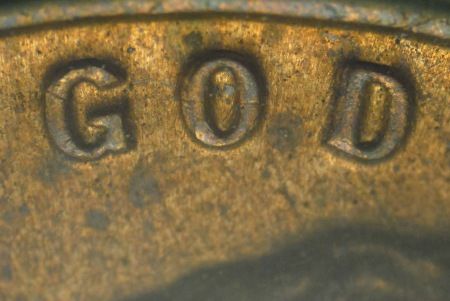
Finally, the date. On this variety you will see the "27" bubble up to the northeast:
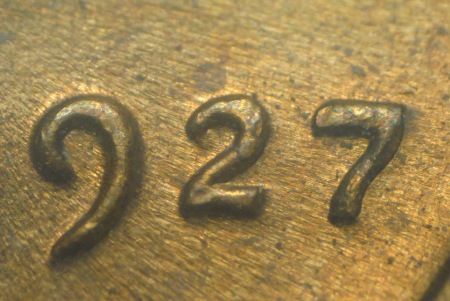
It is extremely hard to see this variety in grades below XF. The spread is close, and with circulation the doubling more or less disappears. This can happen in VLDS as well. In fact, I bought one from teletrade years ago in 64RD. I was excited, as it's a scarce variety and I had been looking for one for ages. Well, it arrived and I couldn't see any separation lines at all! NONE! Was it the variety? Perhaps. It was certified by ANACS in one of their small white olders as being so. But, when you can't even see the doubling because the die state is so advanced, what is the point of paying a premium for it? Even though it was slabbed and certified with a lofty grade, I returned it and eventually found the nice example pictured above.
Hope this helps someone in the hunt for one of their own,
Dennis
With a lot of new picture posts with members asking for advice on the 1927 Doubled Die Obverse, I thought I'd post a clear picture of one that is in my collection and in uncirculated condition. This is the plate coin from Wexler's website www.doubleddie.com.
PCGS MS64RB:
Notice the strong doubling to the southeast of liberty, especially on the "LIBE":

"IN GOD WE" also has nice separation to the east:

Finally, the date. On this variety you will see the "27" bubble up to the northeast:

It is extremely hard to see this variety in grades below XF. The spread is close, and with circulation the doubling more or less disappears. This can happen in VLDS as well. In fact, I bought one from teletrade years ago in 64RD. I was excited, as it's a scarce variety and I had been looking for one for ages. Well, it arrived and I couldn't see any separation lines at all! NONE! Was it the variety? Perhaps. It was certified by ANACS in one of their small white olders as being so. But, when you can't even see the doubling because the die state is so advanced, what is the point of paying a premium for it? Even though it was slabbed and certified with a lofty grade, I returned it and eventually found the nice example pictured above.
Hope this helps someone in the hunt for one of their own,
Dennis


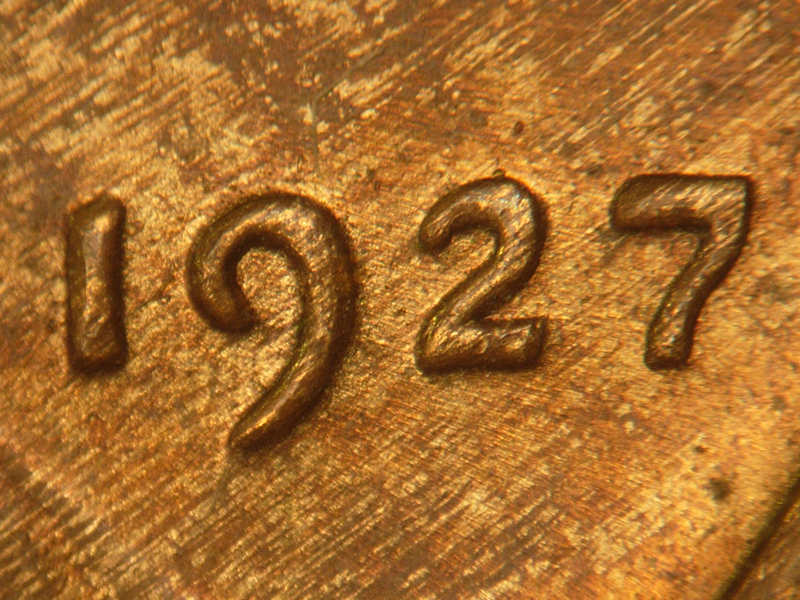
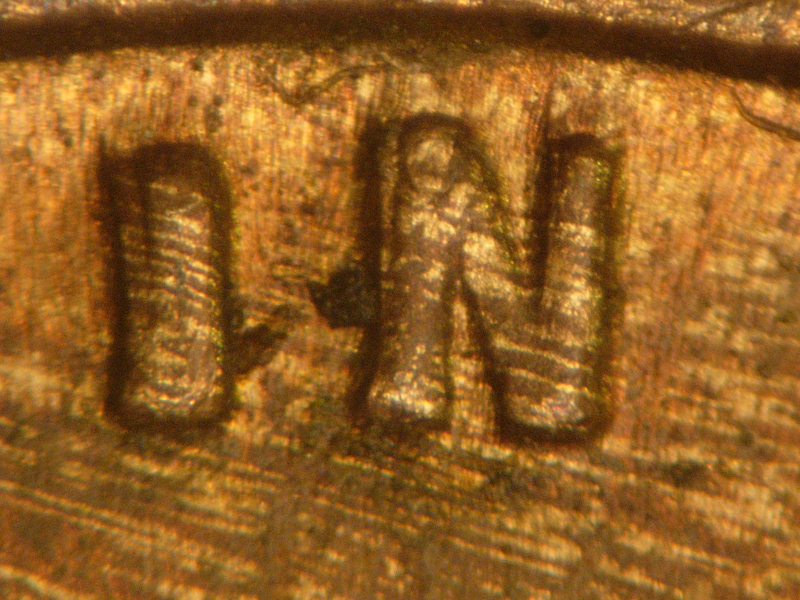
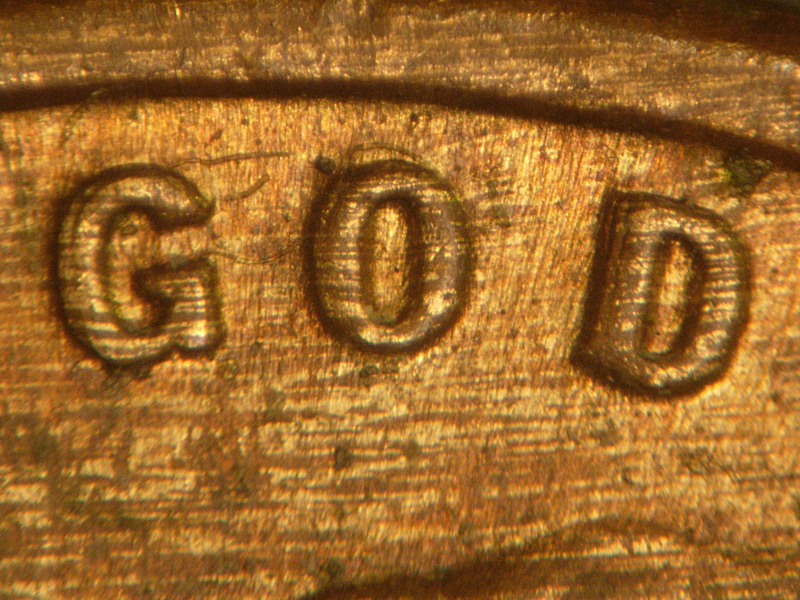
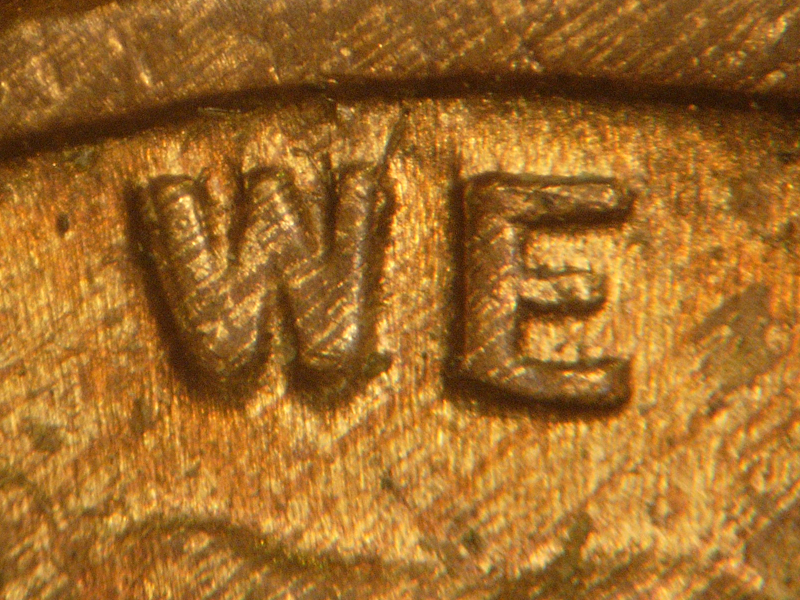
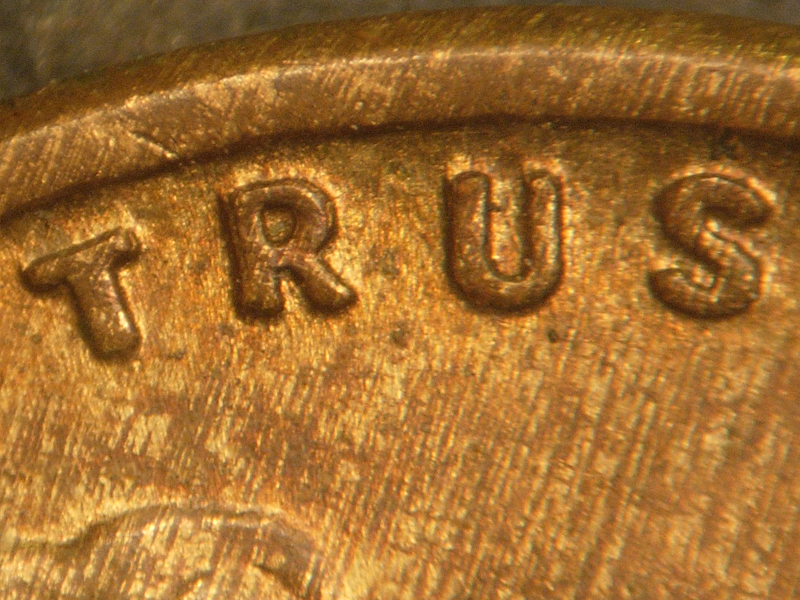
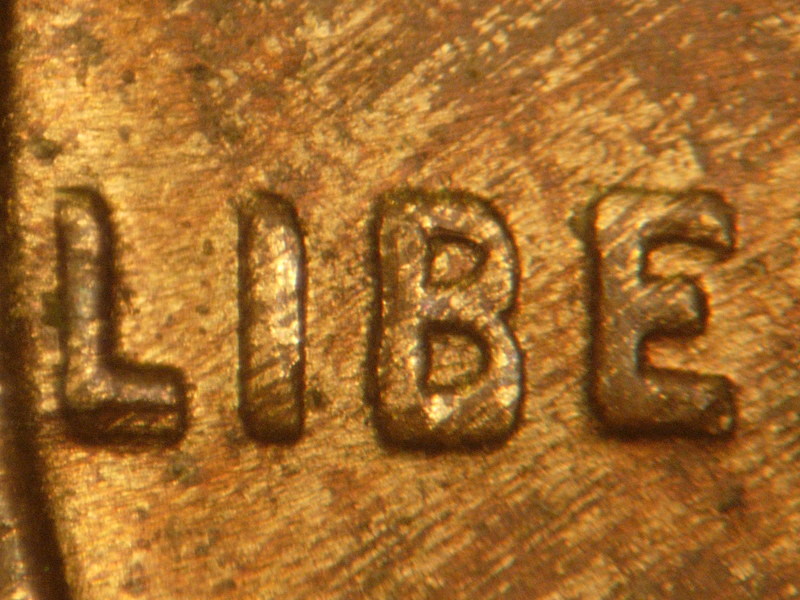


Comment